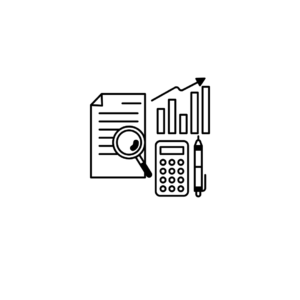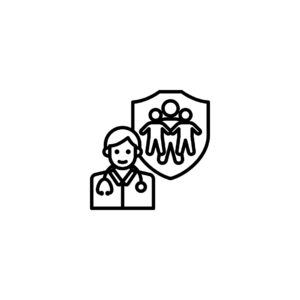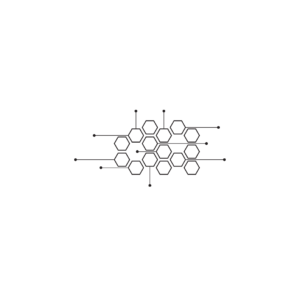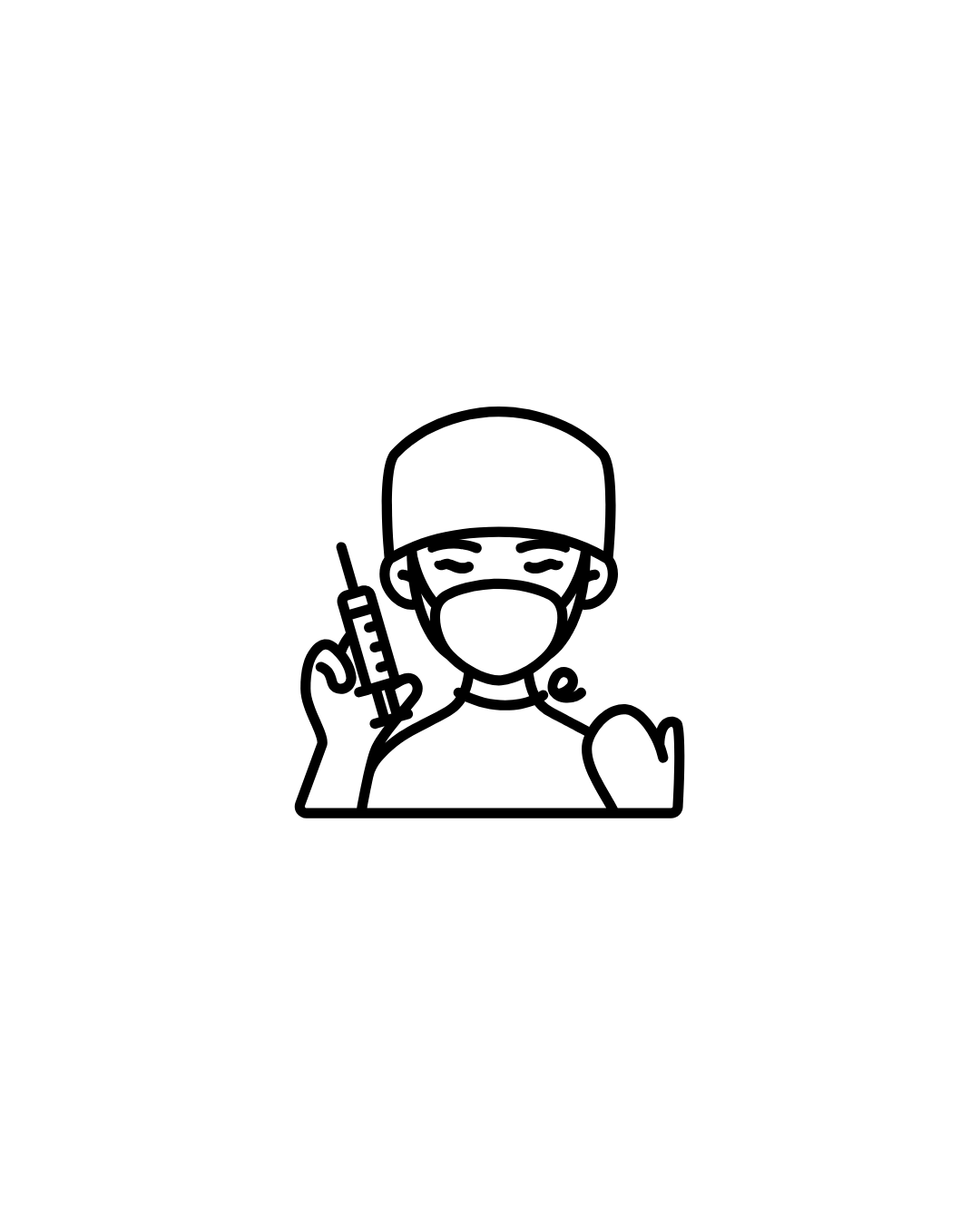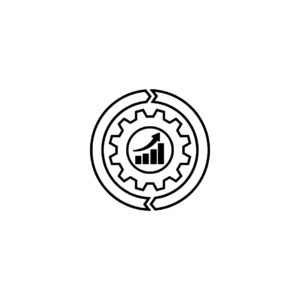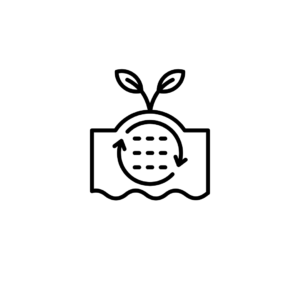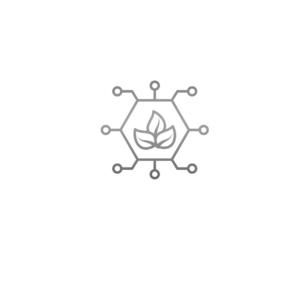Description
An Advanced Diploma in Anaesthesia Technician is designed to prepare students for a specialized role in the medical field, focusing on the skills and knowledge needed to assist anesthesiologists and other healthcare professionals in providing anesthesia care during surgical procedures and other medical interventions. This program covers the technical, theoretical, and practical aspects of anesthesia administration, monitoring, and patient safety.
Course Details:
Duration: Typically 1 to 2 years, varying by institution and study format (full-time or part-time).
Eligibility: Generally requires a high school diploma or equivalent; a background in health sciences or nursing can be advantageous.
Mode of Study: A combination of classroom instruction, practical labs, and clinical placements to gain hands-on experience.
Curriculum:
The curriculum for an Advanced Diploma in Anaesthesia Technician usually includes the following key components:
1. Introduction to Anaesthesia
Basics of Anesthesia: Understanding different types of anesthesia (general, regional, local) and their applications in various medical procedures.
History and Evolution: A brief overview of the history of anesthesia and its development as a medical specialty.
2. Anatomy and Physiology
Human Anatomy: Study of relevant anatomical structures and systems related to anesthesia administration.
Physiology of Anesthesia: Understanding how anesthesia affects various body systems, including the cardiovascular and respiratory systems.
3. Pharmacology of Anaesthesia
Anesthetic Agents: Knowledge of different anesthetic drugs, their dosages, and pharmacokinetics.
Monitoring Medications: Understanding adjunct medications used during anesthesia, such as sedatives, analgesics, and neuromuscular blockers.
4. Anaesthesia Equipment and Technology
Anaesthesia Machines: Familiarity with the components and functioning of anesthetic machines and gas delivery systems.
Monitoring Devices: Introduction to various monitoring devices (e.g., pulse oximeters, ECGs, capnographs) used during anesthesia to assess patient safety.
5. Patient Assessment and Care
Preoperative Assessment: Skills in collecting patient history, performing physical assessments, and identifying contraindications for anesthesia.
Intraoperative Care: Techniques for assisting in the administration of anesthesia and monitoring patients during surgical procedures.
6. Anaesthesia Safety and Emergency Protocols
Patient Safety Standards: Understanding infection control, safety protocols, and best practices in anesthesia care.
Emergency Procedures: Knowledge of emergency response protocols for anesthesia-related complications, such as allergic reactions or respiratory distress.
7. Post-Anesthesia Care
Recovery Monitoring: Techniques for monitoring and managing patients in the post-anesthesia care unit (PACU) to ensure safe recovery.
Patient Education: Skills in providing post-operative care instructions and education to patients and their families.
8. Ethics and Standards in Anesthesia
Professionalism and Ethics: Understanding the ethical considerations and professional responsibilities in anesthesia practice.
Legal Aspects: Familiarity with legal regulations and standards governing anesthesia care and technician practice.
9. Clinical Placement
Practical Experience: Hands-on training in a clinical setting, allowing students to apply theoretical knowledge in real-world scenarios under the supervision of experienced professionals.
10. Capstone Project or Research
Final Project: A research project or practical assignment that allows students to explore a specific area of interest within anesthesia technology and its applications.
Assessment:
Assessment methods in this program may include:
Practical Exams: Demonstrating skills in anesthesia administration, monitoring, and patient care.
Written Assignments: Testing theoretical knowledge through essays and case studies.
Clinical Evaluations: Assessments conducted during clinical placements by supervising professionals.
Career Opportunities:
Graduates of an Advanced Diploma in Anaesthesia Technician can pursue various roles in healthcare settings, including:
Anaesthesia Technician: Assisting anesthesiologists in preparing and managing anesthesia equipment and care during procedures.
Operating Room Technician: Supporting surgical teams by managing instruments and ensuring a sterile environment.
Post-Anesthesia Care Unit (PACU) Nurse/Technician: Monitoring patients recovering from anesthesia and providing necessary care.
Clinical Support Roles in Hospitals: Engaging in various clinical settings, supporting anesthesia delivery and patient safety.
This advanced diploma program prepares students for a critical role in healthcare, ensuring they have the necessary skills and knowledge to support anesthesia administration and patient care effectively. If you have any further questions or would like more specific information about the program, feel free to ask!


